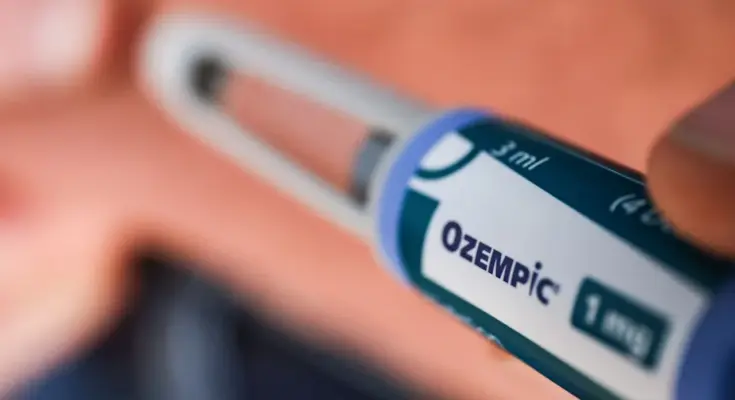About 17 million people worldwide use weight loss injections to lose excess weight. But in the worst case, these GLP-1 agonists can cause blindness. Now the first people affected are receiving substantial financial compensation because they suffered significant vision damage after using the weight loss drug Wegovy as well as the diabetes drug Ozempic.
Four patients in Denmark received compensation worth a total of around 107,000 euros. Those affected are proven to have come through slimming injections an optic nerve disease in which the eye no longer receives sufficient blood supply, says the Danish Patient Claims Authority (Patienterstatningen). This causes an acute decrease or loss of vision. Specifically, it is non-arteritic anterior ischemic optic neuropathy (abbreviation: NAION), also known as eye infarction.
Depending on the impact the disease will have on their future lives – for example if the disease affects their ability to work – compensation payments may increase, authorities explained. Medical compensation in Denmark is usually paid by health authorities.
EMA confirmed the side effect
In June the committee responsible was European Medicines Agency (EMA) concluded that NAION is a very rare side effect of drugs containing the active ingredient semaglutide – such as Wegovy and Ozempic. Statistically, this disease attacks one in 10,000 patients. Singer Robbie Williams (51) also complained: “Weight loss injections are making me blind.”
According to Danish authorities, 43 patients in Denmark have so far applied for compensation. Five of them have now been processed. One application was rejected and four patients were awarded compensation. Authorities explained that this was a very complex case. On the one hand, because Treatment quite new, and on the other hand because those affected have a higher risk of developing NAION due to their previous illnesses – including diabetes and high blood pressure.
People who are obese and diabetic are the groups most affected
Last year, an American study involving nearly 17,000 patients caused a stirwhich establishes a relationship between the active ingredients semaglutide and NAION. The results: Diabetics who injected semaglutide during the six-year study period had a four times higher risk of eye infarction than patients who received other drugs.
On fat peopleThose who injected semaglutide for weight loss had a sevenfold increased risk. An investigation by the European Medicines Agency’s Safety Committee also began at that time.



